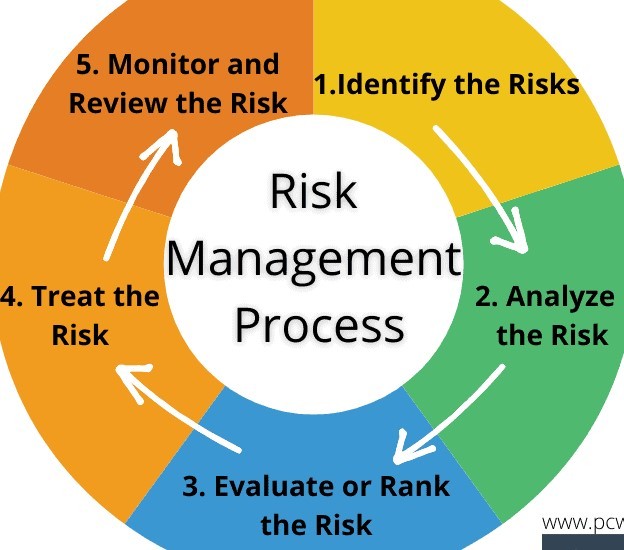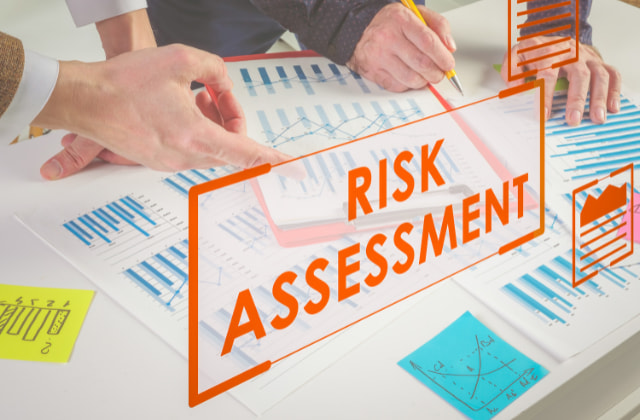How the Importance of Risk Management Shapes Effective Leadership
How the Importance of Risk Management Shapes Effective Leadership
Blog Article
The Importance of Comprehending the Value of Risk Management in Numerous Industries

The Core Principle of Risk Management and Its Purpose
Risk Management, the keystone of numerous sectors, pivots on the identification, analysis, and reduction of unpredictabilities in a company environment. By correctly recognizing prospective dangers, organizations can create strategies to either prevent these risks from occurring or decrease their influence. Once dangers have been recognized and examined, the mitigation process involves developing methods to reduce their prospective effect.
Advantages of Implementing Risk Management in Organization Operations

Unveiling the Function of Risk Management in Different Industries
While every market faces its unique collection of threats, the application of Risk Management techniques remains a common denominator in their pursuit of sustainability and growth. In the healthcare field, Risk Management involves guaranteeing person security and data protection, while in money, it includes mitigating financial investment risks and ensuring governing conformity (importance of risk management). Building companies concentrate on worker safety, job delays, and spending plan overruns. In the modern technology industry, firms mitigate cybersecurity risks and innovation obsolescence. Eventually, the role of Risk Management throughout sectors is to recognize, analyze, and reduce risks. It is a crucial element of critical preparation, enabling organizations to protect their properties, maximize opportunities, and accomplish their objectives.
Real-life Case Research Studies Showing Effective Risk Management
To understand the significance of Risk Management in these many fields, one can want to several real-life circumstances that highlight the successful application of these actions. In the energy sector, British Petroleum developed Risk mitigation prepares post the 2010 Gulf of Mexico oil spill. They carried out better safety and security procedures and stricter policies which significantly decreased further crashes. In a similar way, in finance, Goldman Sachs effectively navigated the 2008 monetary dilemma by recognizing potential mortgage-backed securities dangers early. Last but not least, Toyota, upload the 2011 quake in Japan, revised its supply chain Management to lessen disruption threats. These instances demonstrate exactly how markets, discovering from crises, properly applied Risk Management approaches to lower future dangers.
Future Trends and Growths in Risk Management Methods
As the globe remains to evolve, so too do the fads and developments in Risk Management strategies. Fast innovations in technology and data analytics are reshaping the Risk landscape. Big data and AI are now go to website important in anticipating and minimizing dangers. Organizations are leveraging these devices to develop anticipating models and make data-driven decisions. Cybersecurity, when an outer problem, has actually catapulted to the leading edge of Risk Management, with methods concentrating on detection, response, and avoidance. The assimilation of ESG (Environmental, Social, Administration) aspects right into Risk Management is an additional expanding fad, mirroring the enhancing acknowledgment of the duty that social and ecological risks play in organization sustainability. Thus, the future of Risk Management depends on the fusion of sophisticated technology, cutting-edge methods, and an alternative strategy.
Final thought
In conclusion, comprehending the value of Risk Management throughout a range of markets is crucial for their longevity and success. Ultimately, effective Risk Management find here contributes to more lasting and durable organizations, highlighting the relevance of this practice in today's extremely competitive and dynamic organization setting.
While every sector faces its one-of-a-kind set of dangers, the implementation of Risk Management strategies continues to be a typical denominator in visit this page their search of sustainability and development. In the healthcare field, Risk Management involves making sure client safety and security and information protection, while in financing, it entails mitigating investment threats and guaranteeing regulative conformity. Ultimately, the function of Risk Management across sectors is to determine, analyze, and minimize dangers. These situations demonstrate how sectors, learning from crises, efficiently applied Risk Management strategies to reduce future dangers.

Report this page